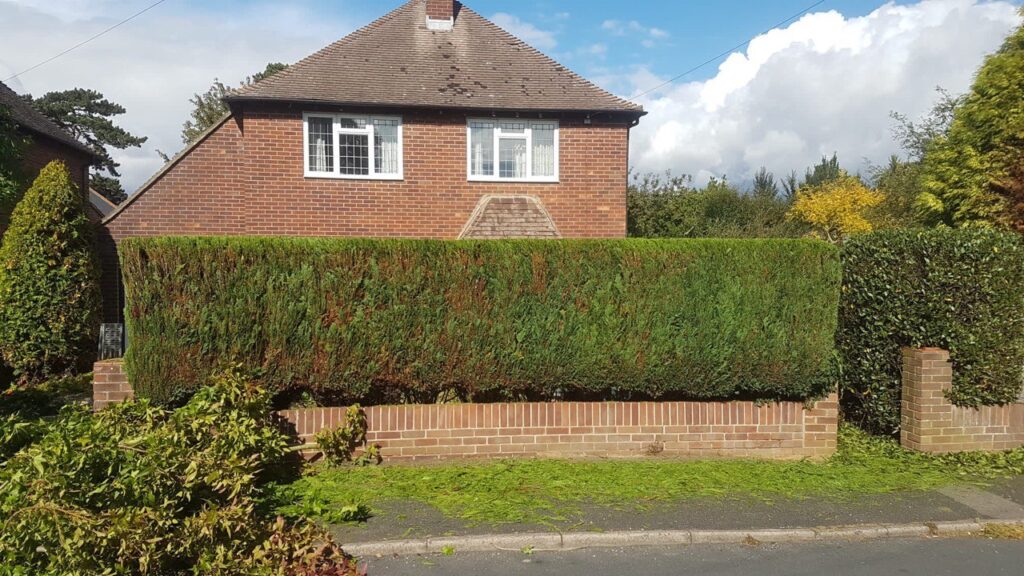Tree Crown Reduction: Tips for Assessing Tree Health
Introduction: Assessing tree health is crucial in determining the need for tree care interventions such as crown reduction. Proper assessment helps tree surgeons identify potential issues, understand the tree’s condition, and develop appropriate management strategies. In this blog post, presented by Ripley Tree Surgeons, we’ll discuss essential tips for assessing tree health before performing crown reduction.
1. Visual Inspection
Start by visually inspecting the tree to assess its overall health and condition. Look for signs of stress, such as wilting foliage, dead branches, fungal growth, and insect infestations. Please pay attention to the tree’s crown structure, bark texture, and leaf colouration, as these can provide valuable insights into its health status.
2. Crown Density
Examine the density of the tree’s crown to determine if it is overly dense or sparse. An excessively dense crown may indicate poor air circulation, leading to fungal infections and pest infestations. Conversely, a sparse crown may suggest nutrient deficiencies or environmental stressors. Assessing crown density helps identify potential issues requiring crown reduction to improve tree health.
3. Structural Stability
Evaluate the tree’s structural stability by examining the arrangement of branches and the presence of co-dominant stems, including bark and weak unions. Structural weaknesses can increase the risk of branch failure and pose safety hazards. Assessing structural stability helps determine if crown reduction is necessary to improve the tree’s stability and reduce the risk of structural failure.
4. Signs of Decay
Check for signs of decay, such as cavities, fungal conks, and trunk wounds. Decay can compromise the tree’s structural integrity and increase the risk of branch or stem failure. Identifying areas of decay helps prioritise pruning efforts during crown reduction and minimises the spread of decay throughout the tree.
5. Environmental Factors
Consider environmental factors affecting tree health, such as soil compaction, water availability, and exposure to pollution. Evaluate the tree’s growing environment to identify potential stressors impacting its health and vitality. Addressing underlying environmental issues can help improve tree health and reduce the need for extensive crown reduction.
Conclusion: Assessing tree health is essential for determining the need for crown reduction and ensuring the long-term vitality of trees in urban and suburban environments. Tree surgeons can make informed decisions about tree care interventions by conducting visual inspections, evaluating crown density, assessing structural stability, checking for signs of decay, and considering environmental factors.
Call us on: 01773 300 799
Click here to find out more about Ripley Tree Surgeons
Click here to complete our contact form and see how we can help with your tree’s needs.

